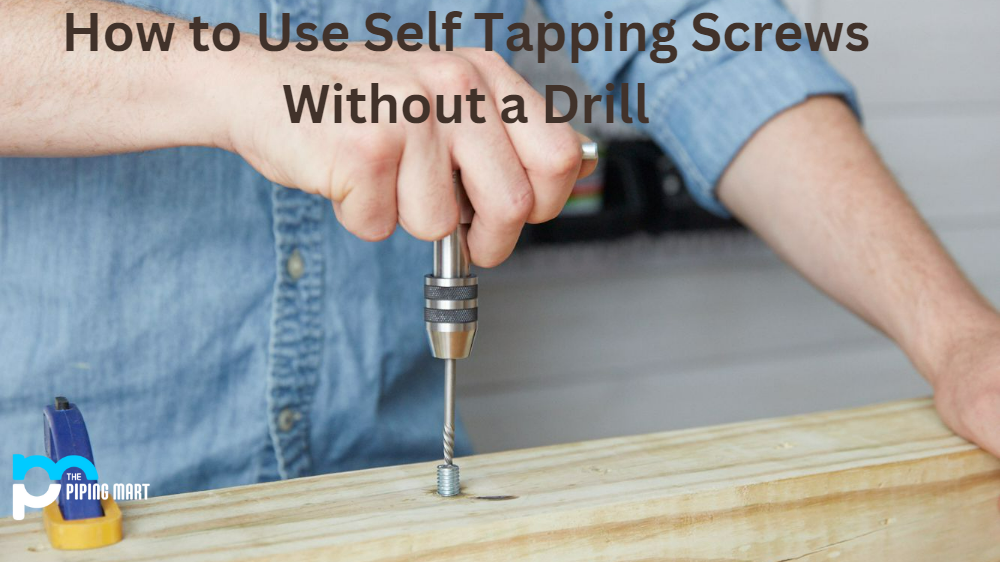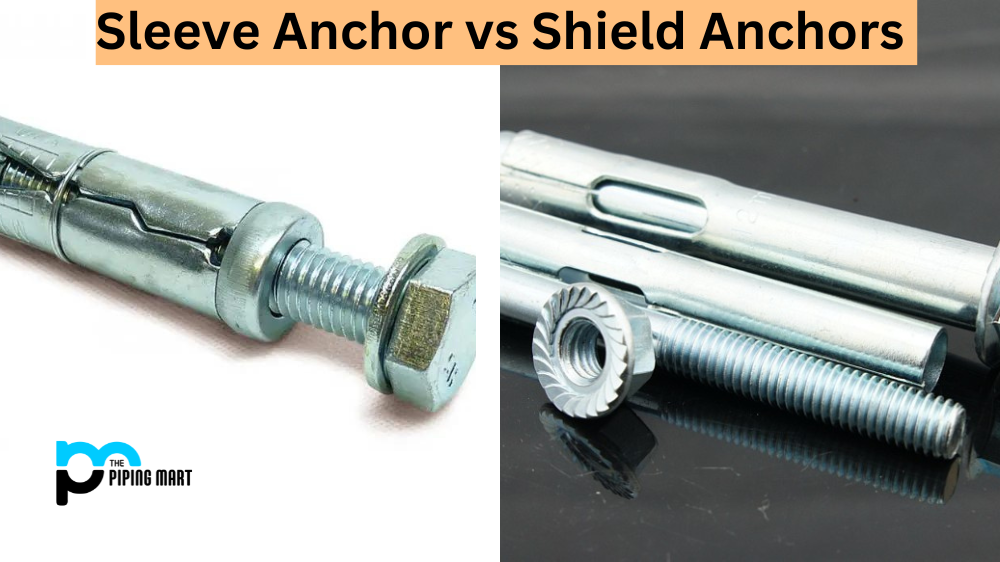Self-tapping screws are an excellent option for fastening materials together. They work without the need for pre-drilled holes, saving time and effort. Although a convenient option, not everyone may have access to a drill to make the job easier. In this blog post, we’ll guide you on how to use self-tapping screws without training. We’ll give you tips on the tools you’ll need, proper handling of the screws, and some precautions to observe.
Choose the Right Size of Screws
The first step in using self-tapping screws successfully is to choose the right size of screw. Start by checking the width and thickness of the materials you’re fastening together. Then, select screws with the correct length and diameter to go through both fabrics. Using screws that are too short or too thin can cause material failure or improper fastening. Be aware of the pitch of the screw you’re using. Proper matching of screw pitch to the materials ensures a secure hold.
Ensure You’re Using the Correct Screwdriver
Although using a drill is the preferred method of inserting self-tapping screws, it’s still possible to use a manual screwdriver. Choosing the appropriate screwdriver is crucial to prevent slipping or over-tightening the screw. Match the size of your screwdriver to the screw head you’re using. Not using the correct size may cause the driver to slip, damaging the screw head and the surrounding material.
Apply Pressure and Slowly Turn the Screw
When fastening the materials together, apply firm pressure downwards. This ensures the screw is adequately biting into the fabrics. Next, start turning the screwdriver slowly and in a clockwise direction. It’s important not to go too fast to allow the self-tapping screw time to do its job. You’ll feel a slight increase in resistance when the screw starts to bite into the material. Be careful not to twist too hard, which can cause the screw head to snap.
Precautions to Observe
Observing safety precautions when using self-tapping screws without a drill is essential. Always wear appropriate personal protective gear, such as safety glasses, to prevent eye injury. Avoid placing your fingers near the screwhead to prevent them from being pinched or getting caught. Don’t apply too much pressure to the materials, as this can cause them to crack or break. Lastly, inspect the materials to ensure they are suitably lined up before fastening.
Check for Proper Fastening and Tension
After fastening
- Check to ensure that the materials are optimally fastened.
- Check for tension levels to ensure the materials are well secured.
- If the fastening needs improvement, remove the screws using a screw extractor or a pair of pliers.
- Make the necessary adjustments and re-fasten.
Conclusion
Self-tapping screws are an excellent choice for fastening materials together without pre-drilling. If you don’t have a drill, you can use a manual screwdriver, but observing some precautions is crucial. Be careful to choose the right screw size, match the screwdriver to the screw head, and apply firm pressure when fastening. Always wear personal protective gear and do not apply too much pressure on the materials. With these tips, using self-tapping screws without a drill can be easy and effective.

A passionate metal industry expert and blogger. With over 5 years of experience in the field, Palak brings a wealth of knowledge and insight to her writing. Whether discussing the latest trends in the metal industry or sharing tips, she is dedicated to helping others succeed in the metal industry.




